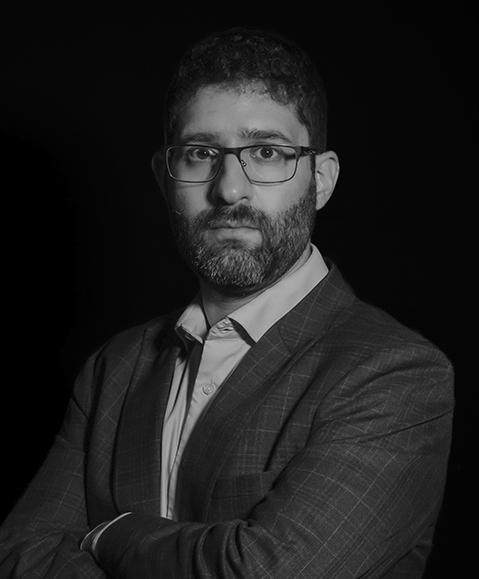
Dr. Steven Rayan DPhil (Oxford)
(Interim) Vice-Dean of Research, Scholarly, and Artistic Work (RSAW), College of Arts and Science; Director, Centre for Quantum Topology and Its Applications (quanTA); and Professor, Mathematics and StatisticsAbout Me
I am a Professor and NSERC, NFRF, and CFI-supported researcher in the Department of Mathematics and Statistics at the University of Saskatchewan, which is located on Treaty 6 Territory and the Homeland of the Métis. I am a faculty member of both the College of Arts and Science and the College of Graduate and Postdoctoral Studies. In the former, I hold the role of Interim Vice-Dean of Research, Scholarly, and Artistic Work (RSAW). In addition to my Full Professor role in Mathematics, I am also an Associate Faculty Member in the Department of Physics and Engineering Physics. I also serve as the Lead for the University's Signature Area of Research in Quantum Innovation and as the Director of the Centre for Quantum Topology and Its Applications (quanTA). Within the Quantum Innovation Signature Area, I also serve as the Co-Lead for the Quantum Computing theme.
I am a pure mathematician influenced in large part by physics and quantum science. I would describe my research area broadly as quantum science and quantum mathematics, which include:
- the exploration, using algebraic geometry, topology, and representation theory, of spaces and geometries arising from theoretical physics
- foundations and applications of quantum computing and quantum information, including theoretical studies of quantum hardware and the formulation of quantum algorithms
- quantum matter and materials and their interactions with fundamental quantum theory
You can read an overview of my research or you can view my papers directly. If you want to learn about some of my research and also see cartoons of hedgehogs at the same time, please have a look at Higgs Bundles without Geometry, a pamphlet that I wrote with Laura Schaposnik for the Oberwolfach Snapshots of Modern Mathematics series, which is "designed to promote the understanding and appreciation of modern mathematics and mathematical research in the interested public world-wide." You can also check out my TEDx talk about the mathematics and art behind quantum magic.
I was invited by the Canadian Science Policy Centre to write about grand challenges around quantum innovation in the current decade. You can read my article on page 39 of the 2020 edition of the Canadian Science Policy Magazine.
I am also an editor of the journal Research in the Mathematical Sciences, an affiliate faculty member of the Perimeter Institute for Theoretical Physics, and a member of the NSF GEAR Network and Geometry Labs United.
Graduate Supervision
If you are interested in working under my supervision in a program leading to an MSc or a PhD degree, you may do so by appliying formally either to the Mathematics graduate program (apply here) or the Interdisciplinary Studies program (apply here). Knowing your past academic training and who your supervisors were (if any) would be valuable. If you have any publications or written projects, I would be happy to examine these as part of our communication. Please keep in mind that I am looking for graduate students who match very closely my research interests in algebraic geometry and quantum science, and this is best demonstrated through written projects, theses, and/or preprints and publications.
CV
Contact Information
Dr. Steven Rayan
Department of Mathematics & Statistics / quanTA
University of Saskatchewan
Office 209, McLean Hall
106 Wiggins Road
Saskatoon, SK
Treaty 6 Territory and the Homeland of the Métis
S7N 5E6
CANADA

